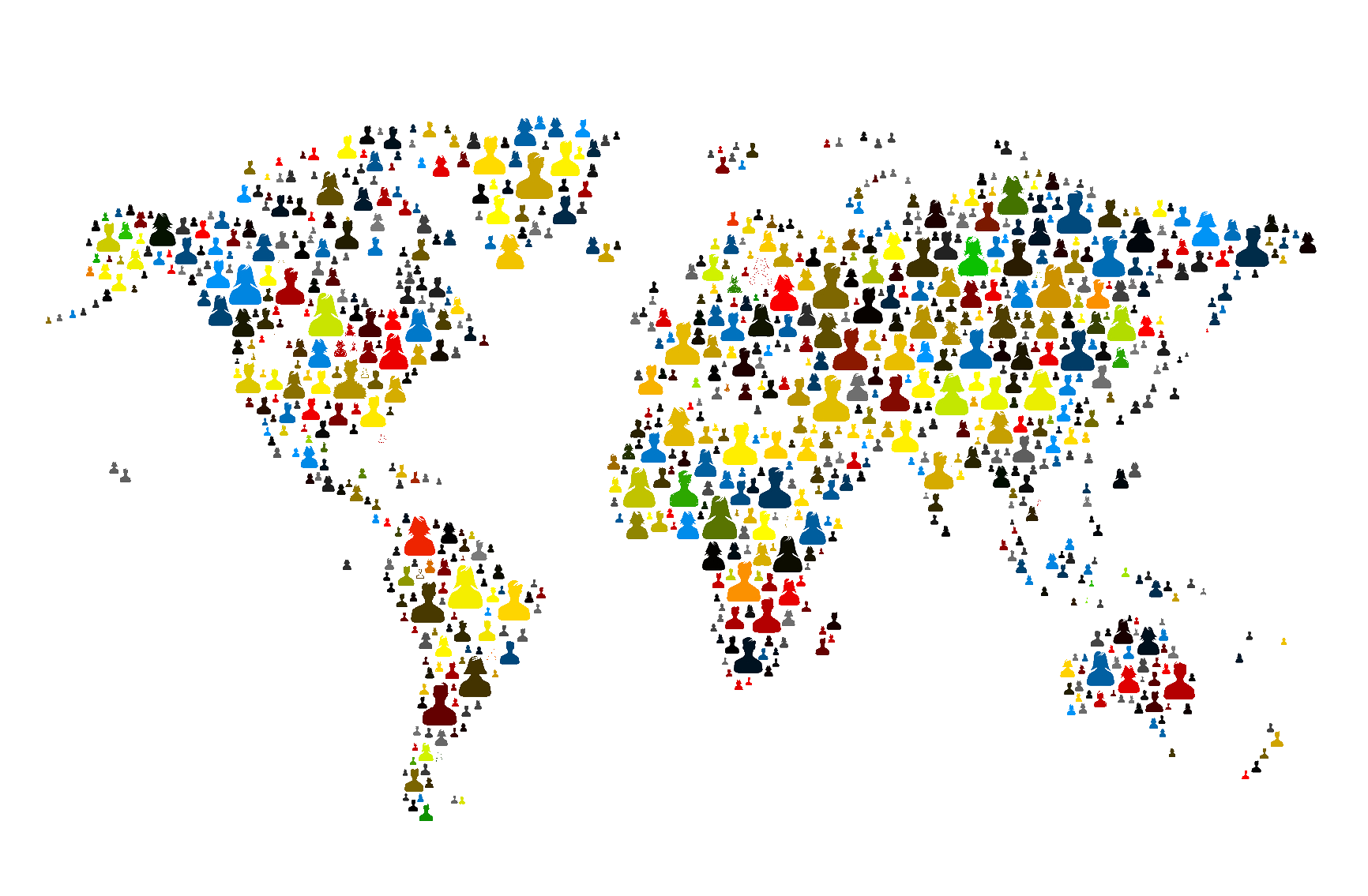
When an aeroplane crashes hundreds often die. This concentration of deaths lends the aviation industry tremendous energy in ensuring the same adverse event doesn’t happen again. Healthcare rarely benefits from the same fate.
‘Over the last few years NSW Health have received numerous reports of death and morbidity from central line related air emboli’.
This statement in itself is a ‘call to action’.
‘Why don’t we know about this already, how is it happening, what’s already been done and what can we do to stop this’. (see here)
While these adverse events undoubtedly happen throughout the world, NSW have performed extremely well in identifying this cluster of similar incidents. Presented as a cluster, where the problem is happening to so many, our tendency is to concentrate more on the systems and devices we interact with.
Unfortunately most adverse events aren’t presented in this way. Adverse events, by their nature, are dispersed in time and place. Given we’ve numerous different error reporting systems, which don’t inter-communicate, the effect of dispersion is compounded. Adverse events, as a result, are presented as ‘one off events’:
The inadvertant injection of chlorhexidine via an epidural at St George in 2010, the pipeline crossover at Bankstown leading to neonatal death and injury in June, and the misconnection of oxygen tubing to a urinary catheter in Adelaide in October.
Presented dispersed and isolated in this way, they lend themselves to the retrospective view of blame – how could someone inject antiseptic via an epidural / connect nitrous oxide to an oxygen pipe / connect oxygen tubing to a urinary catheter? The focus closes in on the staff closest to the patient at the time of injury. In turn proposed solutions concentrate on the individual.
As individuals we’re all ultimately responsible for our own actions. However, as individuals, are we best placed to prevent the adverse events that occur?
To the anaesthetist who injected antiseptic epidurally – in the presence of indistinct chlorhexidine similar errors have been made hundreds of times (see here). Effective measures still haven’t been put in place – clearly this isn’t your fault.
To the plumber who accidentally connected nitrous oxide to an oxygen pipeline (see here) – pipeline crossovers occur frequently. Despite our best efforts they will persist – to ‘Err is Human’ – we need to minimise them and provide continuous gas analysers on all resuscitation equipment.
To the student nurse looking after Steve Herczeg when oxygen tubing became connected to his urinary catheter (see here) – misconnections happen regularly. When will we have standardised connectors to prevent this from happening?
We need to go back through our incident reports, identify and present the clusters, and optimise our work environments to safeguard against these errors.
To the aeromedical paramedic caring for Ruby Chan when she died from an air embolus (see here) – this was the culmination of a chain of events. The chain wouldn’t have started if hospitals used valved intravenous fluid bags that don’t entrain air (at no extra cost).
Often devices and systems only reveal their hazardous nature when subjected to the complexity of our work environments. Front line staff need to be supported in removing them – alerts are insufficient in creating a safer environment.
Every day that passes without effective solutions being introduced causes patients and front line staff immeasurable suffering.
To governing bodies – when the next adverse event occurs, while not physically near, understand you were best positioned to prevent it. Make your actions transparent and effective and recognise that inaction is inexcusable.

One Comment